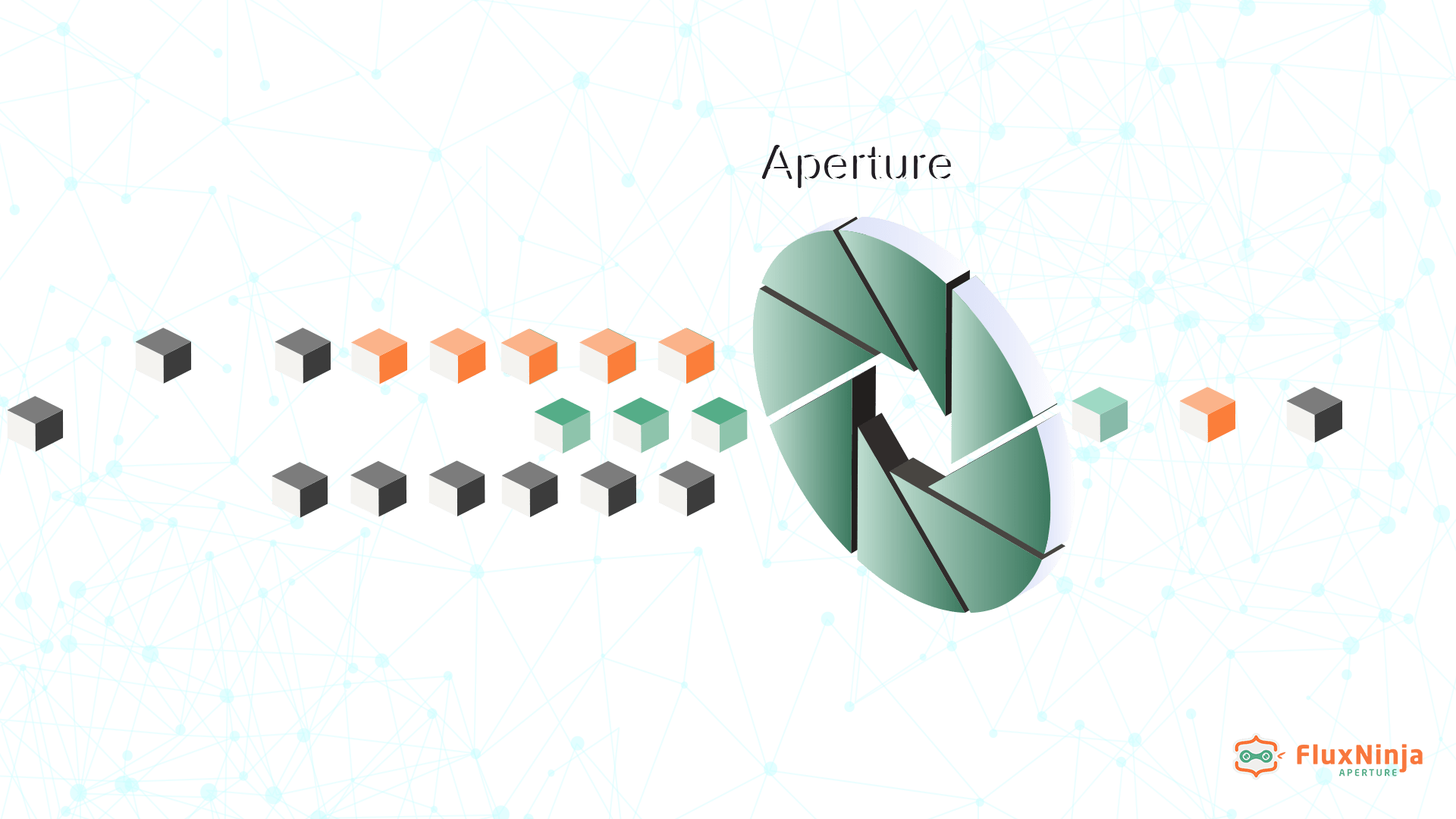Service Mesh technologies such as Istio have brought great advancements to the Cloud Native industry with load management and security features. However, despite all these advancements, Applications running on Service Mesh technologies are unable to prioritize critical traffic during peak load times. Therefore, we still have real-world problems such as back-end services getting overloaded because of excess load, leading to a degraded user experience. While it is close to impossible to predict when a sudden increase in load will happen, it is possible to bring a crucial and essential feature in Service Meshes to handle unexpected scenarios: Observability-driven load management.
In this blog post, we will discuss the benefits of Istio and how FluxNinja Aperture can elevate Istio to be a robust service mesh technology that can handle any unexpected scenario by leveraging advanced load management capabilities.

